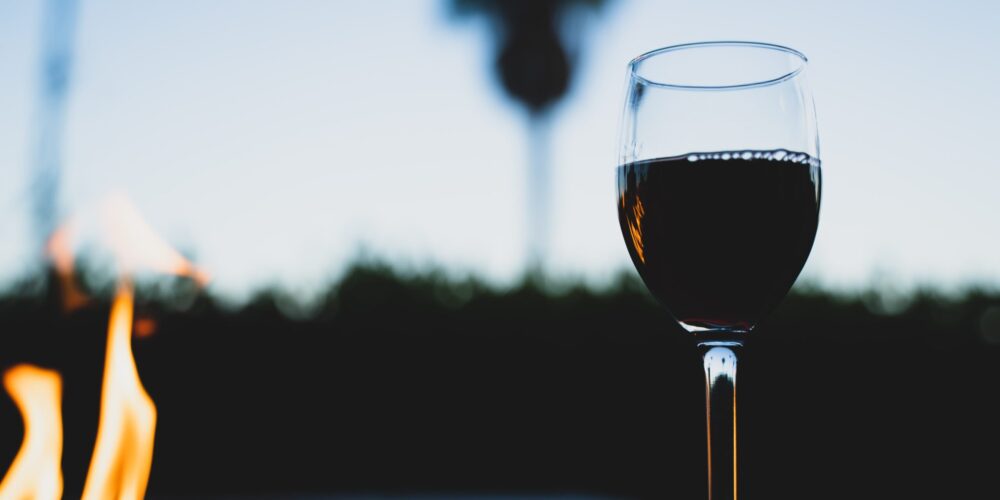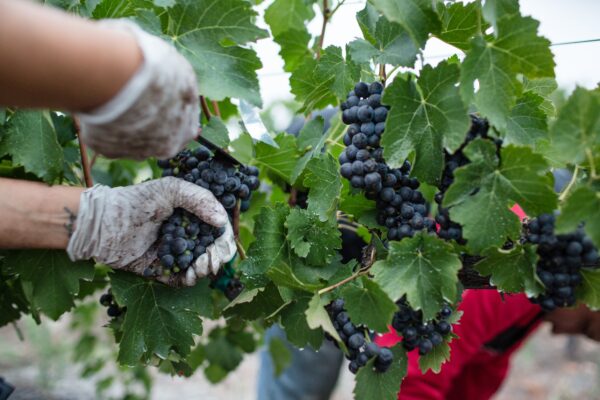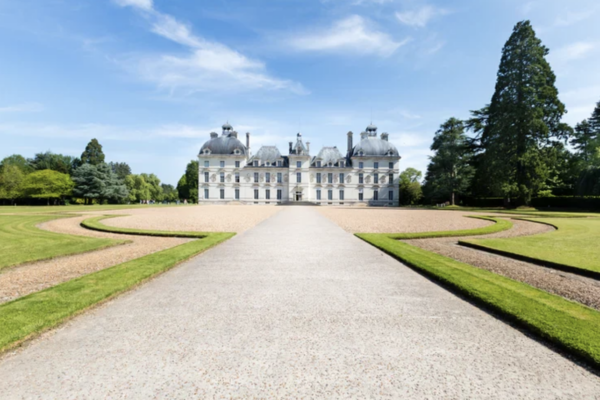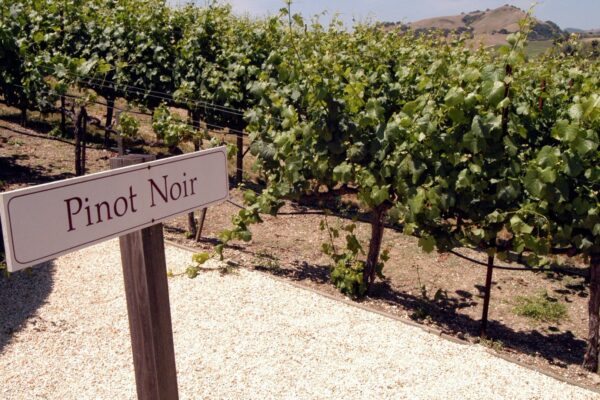Why not offer your customers a vin doux naturel today? Often overlooked by the public, vin doux naturel (literally naturally sweet wine, in English) is not to be confused with the Provençal vin cuit, which is made using another technique. Nor, though, can it be considered in the same category as “regular” wine. In this article, we present all the specificities of these sweet fortified wines.
Fortified wines through the Ages
Following the discovery of the technique of fortifying wine, many such wines emerged, however Port was the first well-known kind in 1756. Other famous fortified wines, such as Floc de Gascogne, Macvin du Jura, Ratafia and Sherry, came along a little later.
Fortified wine was a somewhat haphazard invention of the 13th century. At the time, much wine became spoiled during shipping as wines tended to oxidize in the less-than-airtight oak barrels used to transport them. In 1256, a physician known as Arnau de Vilanova or Arnaud de Villeneuve discovered that adding alcohol of 96% ABV prevented this oxidization.
Production Method for Fortified Wines
Porto, Pineau des Charentes and Maury are all sweet fortified wines, not to be confused with another French dessert wine: vin cuit. As its name suggests, vin cuit is made by heating wine. This is done directly in the vat, to evaporate water and achieve a higher concentration of sugar in the must.
Another term for fortified wine is vin de liqueur, which is also sometimes confused with the term vin doux naturel. The difference here is in the type of spirit used to interrupt alcoholic fermentation. With a vin doux naturel, a neutral grape spirit is used, whereas with vin de liqueur a specific type of brandy is used, such as Cognac for Pineau des Charentes.
The fortification of a vin doux naturel is achieved by interrupting the fermentation process with the addition of grape spirit, leaving quite a high level of residual sugar.
Just like the wines of Bordeaux, vin doux naturel is aged in oak barrels.
There are two possible methods of ageing:
- Without contact with oxygen – here the barrel is kept topped up to replace the naturally evaporated wine.
- The oxidative method – the wine is in contact with oxygen and no topping up is done. These wines develop aromas of nuts and cooked fruits. Rancio is one very good example.
French Vin Doux Naturel
In France, most vin doux naturel comes from the South of France. This geographical location is fundamental since the climate here is ideal for obtaining extremely ripe grapes and therefore wines with a high concentration of sugars.
Of the several French vins doux naturels, Muscat de Rivesaltes has the largest winegrowing area devoted to it (2,865 hectares), producing nearly 54,000 hectolitres in 2021. Yields for these wines, however, are often very low, at less than 20 hectolitres per hectare.
Another well-known appellation is Maury in the Roussillon region, with a production of 3,000 hectolitres for 200 hectares of vines.
Last but not least, it would be impossible not to mention Banyuls. Some 10,000 hectolitres of Banyuls are made from 662 hectares of vines, with a yield in the region of 15 hl per hectare.
Banyuls
Banyuls is a complex fortified wine with a rich range of aromas. It is a symbol of regional tradition and one of the Roussillon’s most emblematic products. These AOC wines are made from old vines cultivated on slopes beside the coast.
Varieties of Banyuls
Banyuls comes in red, rosé and “ambré”. Red Banyuls, the most traditional kind, is made with at least 50% of Grenache Noir, while Banyuls Ambré and Rosé are made with white or grey varieties. Other varieties such as Syrah, Muscat, Carignan and Cinsault can also be found in blends.
Banyuls wines are concentrated and rich with excellent ageing potential – only the rosé kind is meant to be drunk young.
Wines with the Banyuls appellation can have two additional indications:
- The “Hors d’âge” title can be used for Banyuls that has been aged for at least five years.
- The other indication, “Rancio”, is used for Banyuls that has undergone a long period of oxidative ageing.
How is a Banyuls made ?
The process starts with the fortification of the wine after several days of maceration. In other words, grape spirit is added to kill off the yeasts that transform the sugar in the wine into alcohol. The wine then undergoes further maceration and at least 10 months’ ageing.
Banyuls is the only French fortified wine that can have the title of Grand Cru. For this, the Banyuls must have been aged for at least 30 months.
Learn more
Discover the next region along from Languedoc Roussillon, Provence, and learn all about its flagship product, rosé. In this article, you will find out where summer’s most fashionable wine comes from, how it is made and what makes it so popular. Read article



